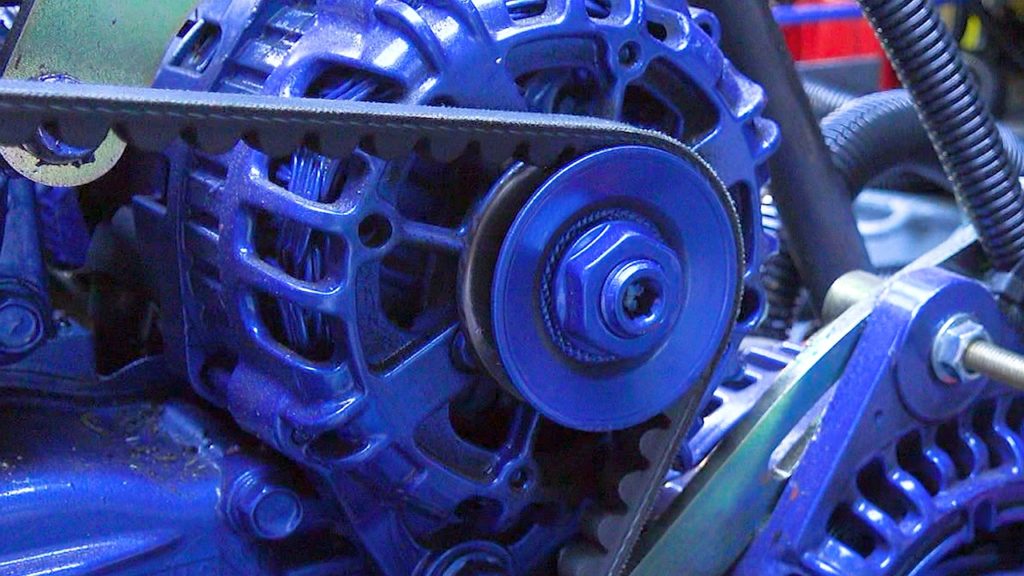Kevin D Pem
RVF 5K Club
- Joined
- Jul 29, 2020
- Messages
- 5,286
- Location
- AZ
- RV Year
- 1984
- RV Make
- Alpinelite
- RV Length
- 26'
- TOW/TOAD
- 2016 Ram 1500
- Fulltimer
- Yes
About the technology:Thanks, That the problem, we use exactly the same thing we did with our last rv. the last one never had any problem Worked very well.
Sorry newbie here what is 500 watts Of solar? How can I find out how mine has. Should I change my inverter? thank you for your help
Lithium batteries use a built-in device called a battery management system (BMS). This bms works only to protect the battery. You may not have noticed because it is built-in to the battery. When the charge reaches a low voltage set point (not adjustable), the battery is disconnected so it can no longer discharge! This is why everything quits at some point! And you get a warning you have a bad connection.
Solar panels have labels that give there vital information! However, if mounted with no data sheet, one has to guess their size. For this discussion we assume 20% efficiency. The sun is said to grace the surface of the earth with 1000 watts of light energy per square meter! Guessing or measuring the panel size times the efficiency number gives watts thus the panel/s rating.
Solar Controllers come in two technologies! PWM and MPPT. The MPPT controller is the only controller worth its weight! And must be sized for panel specs and battery type.
Additional information!!!
From disconnected BMS state, it requires hours to fully charge a lithium battery with solar. The grid will get the batteries up to full power, overnight, and slow charging will make any battery last longer.
The larger the bank the more chance you can make it through the night! This requires you to calculate load vs. Battery capacity. Ultimately however, if you don't have the charging capacity, your batteries will not get charged. Therefore the load will be calculated and the charging system must meet the load, and charging (to replenish the power used during the night previous), or your batteries will constantly lose power.
Hope this helps!!!












